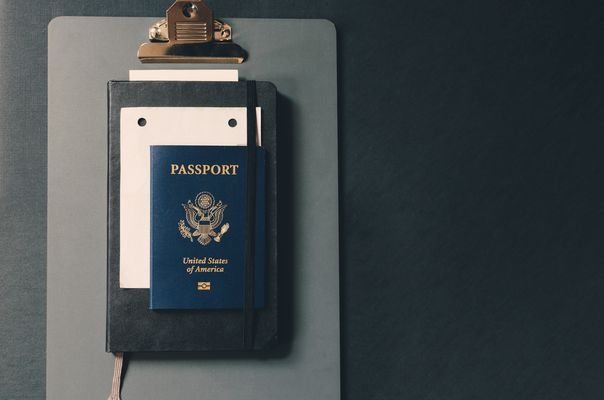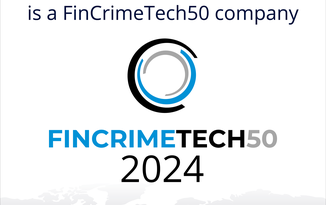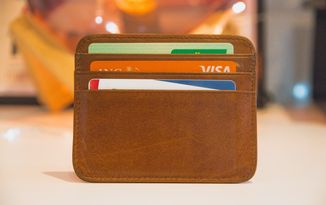Fake documents are a considerable burden on many companies in the financial world. It is commonplace that financial institutions now have to safeguard themselves against a variety of frauds and document fraud is no different. All you have to do is Google 'Fake Lloyds Bank Statement' or 'Payslip template' and you're met with a whole digital world of deceptive documents that, in the wrong hands, can cause financial detriment aplenty.
The cold hard fact of the matter is the human eye is no longer sufficient. Many fake PDF documents or images now seem completely genuine. Technology is required to verify authenticity.
Did you know that out of all the fraudulent rental applications we catch here at Homeppl, an incredible 91% of them modify information on important documents such as bank statements and utility bills?
With this problem becoming overwhelmingly common, companies are now having to face a huge extended workload in assessing digital applications reducing efficiencies of the work day which no company wants! Or companies just accept that fraudsters are getting through application processes as a result. However, just as clever as fraudsters are at creating fake documents businesses can now effectively tackle this with the help of tech.
Forged Document vs Fake Documents
It is first important to understand the difference between a forged document and a fake document.
A forged document is one that was originally an authentic document but has been modified and edited to change certain details such as a photo or name, whilst still making it look completely genuine. These could include a fraudulent passport or driving licence.
A fake document is one that was never an original document but instead completely fabricated! These might come in the form of a completely fake driving licence or bank statement that are often used in some sort of financial application. They used to be quite easy to spot with amateur fraudsters slipping up, missing important components like seals, barcodes and numbers that don't add up, however with more tools at a fraudster's disposal, it is now merely impossible to detect with the human eye. And SO MANY referencing and due diligence companies don't have the required technology to spot it either.
Types of forgery
With forgery becoming so common it has now been categorised into three main types.
The first is freehand simulation. This is when the fraudster copies a signature or handwriting using a copy of the document.
The second type is tracing wherein the fraudster places a tracing sheet over the original document and using transmitted light or carbon tracing produces an identical document including the signatures and designs.
The third method is through electronic manipulation where photo editors professionally copy elements of the original document such as the signature and paste it on the fraudulent document.
How to fake a document (or at least detect one)
When assessing the authenticity of a document the first step is to understand the reason it is being submitted. If it is being used as a proof of address, identity verification or as proof of affordability it is absolutely essential the document is verified and authenticated before accepting it. Common faked documents include bank statements, IDs and pay slips for identity fraud or fake affordability.
If faked documents are produced by amateurs there are some key slip-ups you can spot.
Numbers missing or not adding up
On bank statements, it is very common for amateur fraudsters to change numbers without checking they actually add up! This is a big red flag when assessing if a document is authentic so ensure to always manually check the numbers to see if they follow.
On certain IDs, a modifier may also miss out spaces/lines/numbers where these elements SHOULD be. So if you are manually checking an ID, cross reference it with a legitimate one.
Data entry errors
Misspellings, bad punctuation and data that does not match other parts of an application are dead giveaways. These inconsistencies are usually made by amateur fraudsters and are quite clear to spot.
Altered elements
Amateur fraudsters are usually caught out when they edit the fonts or structure of certain elements on the document. Fonts that are usually used in government-issued IDs or bank statements from a specific institution may not easy to come by on Microsoft Word.
Homeppl has a document analyser that can detect any font and test its authenticity against the original.
Edited logos
Another quick red flag to spot is the differences between the original logo of the issuing institution and the document in question. Utilising high-powered magnification we can analyse closely whether the logos have any discrepancies and if so it will be an obvious fraudulent document.
Homeppl has screened hundreds of thousands of people and each time we ask for original PDFs. As such, we have an impressively large database of authentic company letterheads, banking documents and other official documents.
This allows us to draw comparisons and spot inconsistencies in the fraudulent documents as one of our 150+ fraud tests.
Photo editing software means that fraudsters are able to produce seemingly identical documents to the originals in a short turnaround time. Hence why our fraud detection technology, which detects 100% of fraudulent documents, is exceptionally important during a time of high fraud rates and a cost of living crisis.
All of the above ways to manipulate or forge a financial document can be detected and prevented with bank statement extraction software. Homeppl's banking data tool extracts key information from documents, such as account information, transactional data, spending patterns etc and analyses the information to form key affordability assessments. All information is verified and authenticated, shining a light on any forgeries.
Why would someone fake documents?
There are so many reasons why someone would forge documents. In the rental industry, rental fraudsters will modify their financials to attempt to prove they can afford certain properties that in reality, they cannot. Subletting is a common reason.
Outside of the rental industry, many use fraudulent documents to avoid paying taxes or to launder money. Outside of financial crimes, some may use fake passports to enter countries or, with the rise of the pandemic, fake vaccinations to travel or enter events.
In a nutshell,
Examining fake documents has become harder than ever with technology on the rise and at the hands of fraudsters. Digital software now allows them to modify and even fabricate documents to the extent that they are undetectable to the human eye. It takes cutting-edge fraud detection technology to really spot all the modifications to a digital document!
What to read next:
Intelligent document processing, what is it?
How to identify fake utility bills
How to spot an edited bank statement
Document verification: All you need to know





